FOHO Blog – Global Housing & Living Guide for Foreigners
Korea Student Work Permit: The Complete 2025 Guide (S-3)
Find out how to apply for a part-time work permit in Korea on a D-2 or D-4 visa. This guide covers eligibility, required documents, and work hour limits.
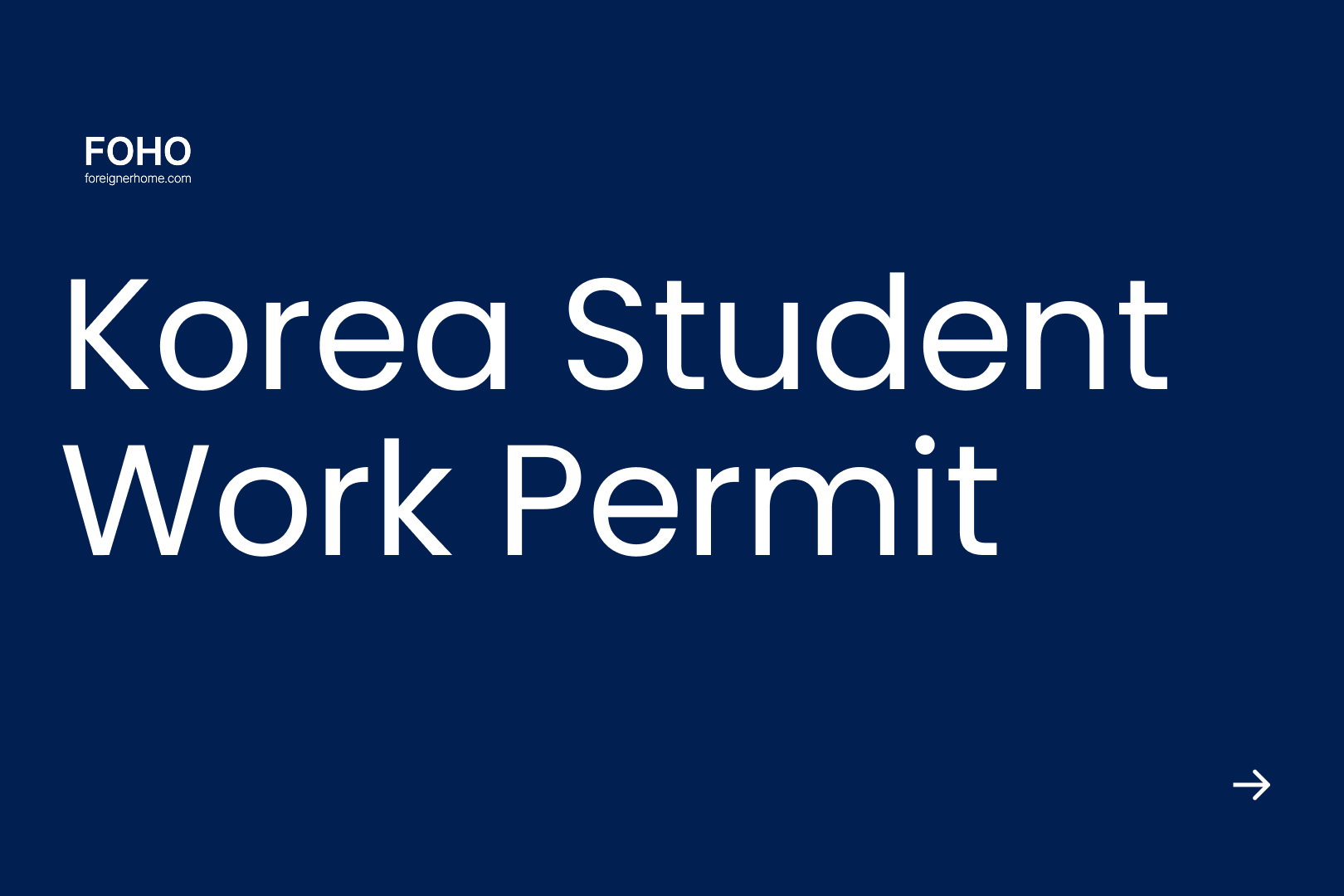
Table of contents
- 01The Ultimate Guide to Student Part-Time Work Permits in South Korea (D-2 & D-4 Visas)
- •Understanding the Basics: Key Terms
- •Step 1: Check Your Eligibility
- •Step 2: The Application Process
- •Step 3: Understand the Rules and Limitations
- •Violations and Penalties: What You Must Know
- •Special Cases and Exemptions
- •FOHO: A Smarter Way to Find Your Home in Korea
The Ultimate Guide to Student Part-Time Work Permits in South Korea (D-2 & D-4 Visas)
Understanding the Basics: Key Terms
- D-2 Visa (Student Visa): For students enrolled in full-time degree programs (associate, bachelor's, master's, PhD) or specific research programs at a Korean university.
- D-4 Visa (General Trainee Visa): Primarily for students enrolled in a Korean language course at a university-affiliated institute.
- S-3 Permit (Part-Time Work Permit): The official permission attached to your D-2 or D-4 visa that allows you to legally work part-time. It is not a separate visa.
- Residence Card (RC / 외국인등록증): Your official foreigner identification card in Korea. It is mandatory for the work permit application.
- HiKorea: The official web portal for the Korea Immigration Service (www.hikorea.go.kr). You will use this site to book appointments or apply online.
- TOPIK (Test of Proficiency in Korean): The official standardized test to measure your Korean language ability. Your TOPIK level is a critical factor for eligibility and work hours.
- KIIP (Korea Immigration & Integration Program): A government program that helps foreigners adapt to life in Korea. Completing KIIP levels can be used as an alternative to a TOPIK score.
Step 1: Check Your Eligibility
Core Eligibility Checklist
- Do you have a valid D-2 or D-4 visa?
- Have you been in Korea for at least six months (for D-4 visa holders)?
- Was your GPA in the last semester C (2.0) or higher?
- Was your class attendance rate for the last semester sufficient (typically above 70% for D-2 and 90% for D-4)?
- Do you meet the minimum Korean or English language requirements for your program?
Visa-Specific Waiting Periods
- D-2 Visa Holders (Degree Students): You can generally apply for a work permit as soon as your program starts, provided you meet the language requirements. For your very first semester, the GPA requirement is often waived since you don't have a transcript yet.
- D-4 Visa Holders (Language Students): You face a mandatory six-month waiting period from your date of entry into Korea. This rule is strictly enforced to ensure you focus on language acquisition before taking on a job.
Academic and Language Standards
- Academic Standing: You must maintain a GPA of at least 2.0 and meet your school's attendance requirements. Your university will verify this before approving your application.
- Language Proficiency: This is the most complex requirement. It determines your eligibility and how many hours you can work. For students in degree programs taught entirely in English, a TOEFL iBT 71 or IELTS 5.5 score can replace the Korean requirement.
Program Type | Academic Level | Minimum Required Proficiency (Meet One) |
Language Training (D-4) | N/A (after 6 months) | TOPIK Level 2 / KIIP Level 2+ |
Associate Degree (D-2) | N/A | TOPIK Level 3 / KIIP Level 3+ |
Bachelor's Degree (D-2) | Freshman - Sophomore | TOPIK Level 3 / KIIP Level 3+ |
Bachelor's Degree (D-2) | Junior - Senior | TOPIK Level 4 / KIIP Level 4+ |
Master's / Doctoral (D-2) | N/A | TOPIK Level 4 / KIIP Level 4+ |
Step 2: The Application Process
Phase 1: Secure a Job and Sign a Contract
- Working period (start and end dates)
- Specific work hours and days
- Detailed job duties
- Hourly wage (e.g., 9,860 KRW/hour, approx. $7.60 USD)
Phase 2: Compile All Required Documents
Document Name (English & Korean) | Who Provides It |
Integrated Application Form (통합신청서) | Student |
Passport & Residence Card (여권, 외국인등록증) | Student |
Proof of Enrollment (재학증명서) | University |
Academic Transcript (성적증명서) | University |
Language Proficiency Certificate (능력 증빙서류) | Student |
Part-Time Work Confirmation Form (시간제 취업확인서) | Student, Employer, & University |
Standard Labor Contract (표준근로계약서) | Employer |
Employer's Business Registration (사업자등록증) | Employer |
Phase 3: Get Your University's Confirmation
Phase 4: Submit Your Application to Immigration
- Online Application (Recommended): The fastest method is through the HiKorea website (www.hikorea.go.kr). Navigate to the "e-Application" section and upload scans of all your documents. Processing usually takes 1-2 weeks.
- In-Person Application: You can also apply in person, but you must book an appointment on the HiKorea website first.
Step 3: Understand the Rules and Limitations
Permitted Work Hours
Visa / Program | Language Met? | During Semester (Mon-Fri) | Weekends & Vacations |
Language Training (D-4) | No | 10 hours | 10 hours |
ㅤ | Yes | 20 hours | 20 hours |
Associate/Bachelor's | No | 10 hours | 10 hours |
ㅤ | Yes | 25 hours | No Limit |
Master's / PhD | No | 15 hours | 15 hours |
ㅤ | Yes | 30 hours | No Limit |
Permitted and Prohibited Jobs
- Translation or interpretation
- Restaurant or café staff
- General office assistant
- Tour guide assistant
- Construction work
- Private tutoring
- Jobs requiring professional licenses (e.g., doctor, lawyer)
- Work in bars, clubs, or other adult entertainment venues
- Food delivery riding, designated driving, or door-to-door sales
- Working for a third-party dispatch agency (your contract must be directly with the employer)
Changing Employers
Violations and Penalties: What You Must Know
- Working Without a Permit: If you are caught working before your permit is approved, you face a large fine (up to 30 million KRW, approx. $23,000 USD) and a one-year ban on applying for a work permit. In serious cases, you could be deported.
- Breaking Permit Conditions: If you have a permit but exceed your hours or work in a prohibited field, you will be banned from part-time work for one year on the first offense. A second offense results in a ban for your entire study period, and a third can lead to your student visa being canceled.
- The "One-Strike" Rule for Construction: Any student caught working illegally in the construction industry will face immediate deportation, even for a first offense. There are no exceptions.
Special Cases and Exemptions
- On-Campus Work: Working as a teaching or research assistant for your university when paid via a scholarship or stipend.
- Mandatory Internships: An internship that is a required, credit-bearing part of your degree program does not need a permit. However, a non-mandatory internship is considered regular work and requires an S-3 permit.
- Incidental Payments: Receiving one-time prize money or small rewards for non-regular activities.
FOHO: A Smarter Way to Find Your Home in Korea
Settle in faster with FOHO
Browse more verified listings and message landlords in minutes. Lock in your lease with FOHO's secure payments.
Get Foreigner-Friendly Housing Tips
Get the latest news delivered to your inbox.
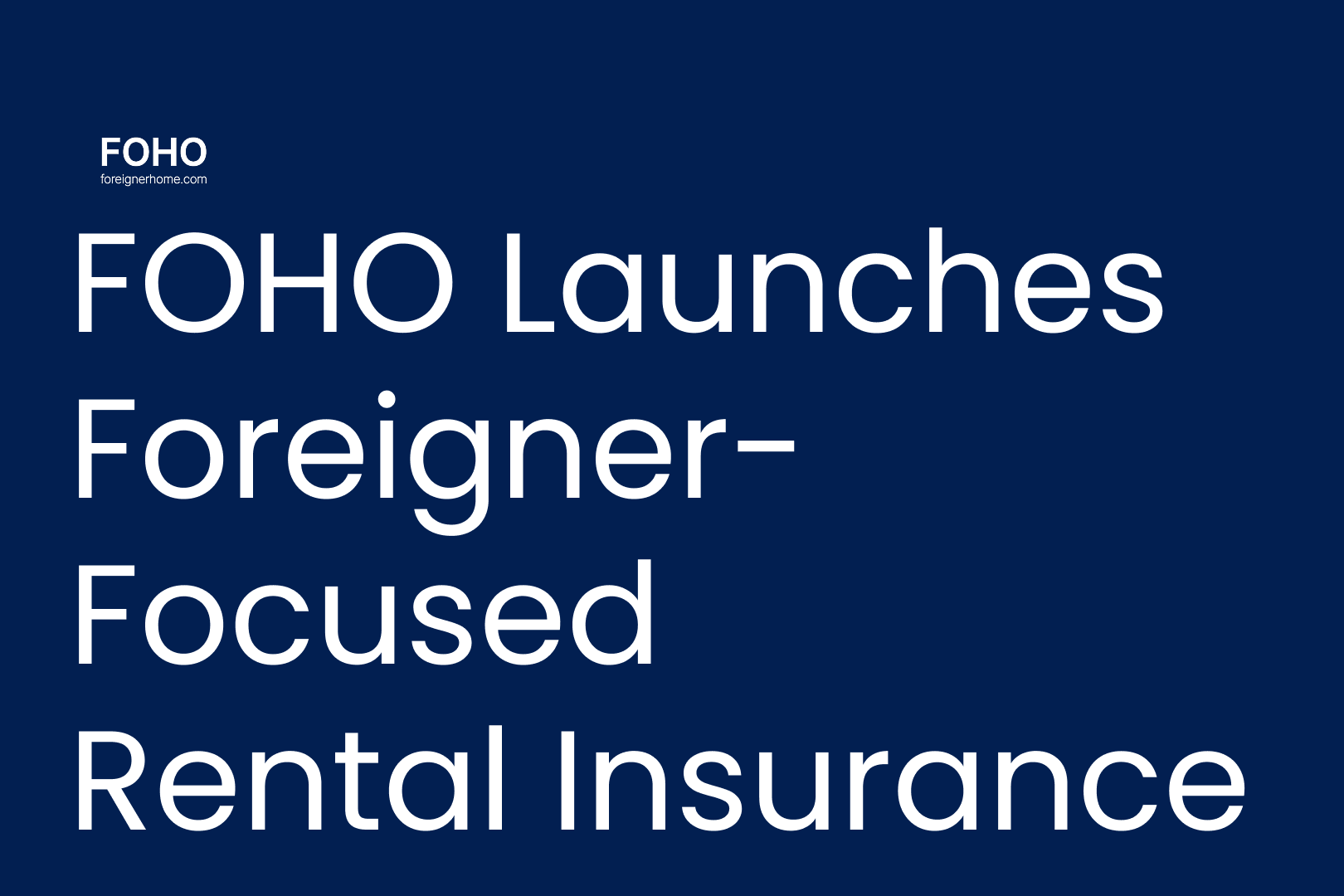
Nov 4, 2025
FOHO Launches Foreigner-Focused Rental Insurance
FOHO’s deposit insurance protects foreign tenants in Korea from landlord defaults. Stay safe with clear coverage and fast claims.
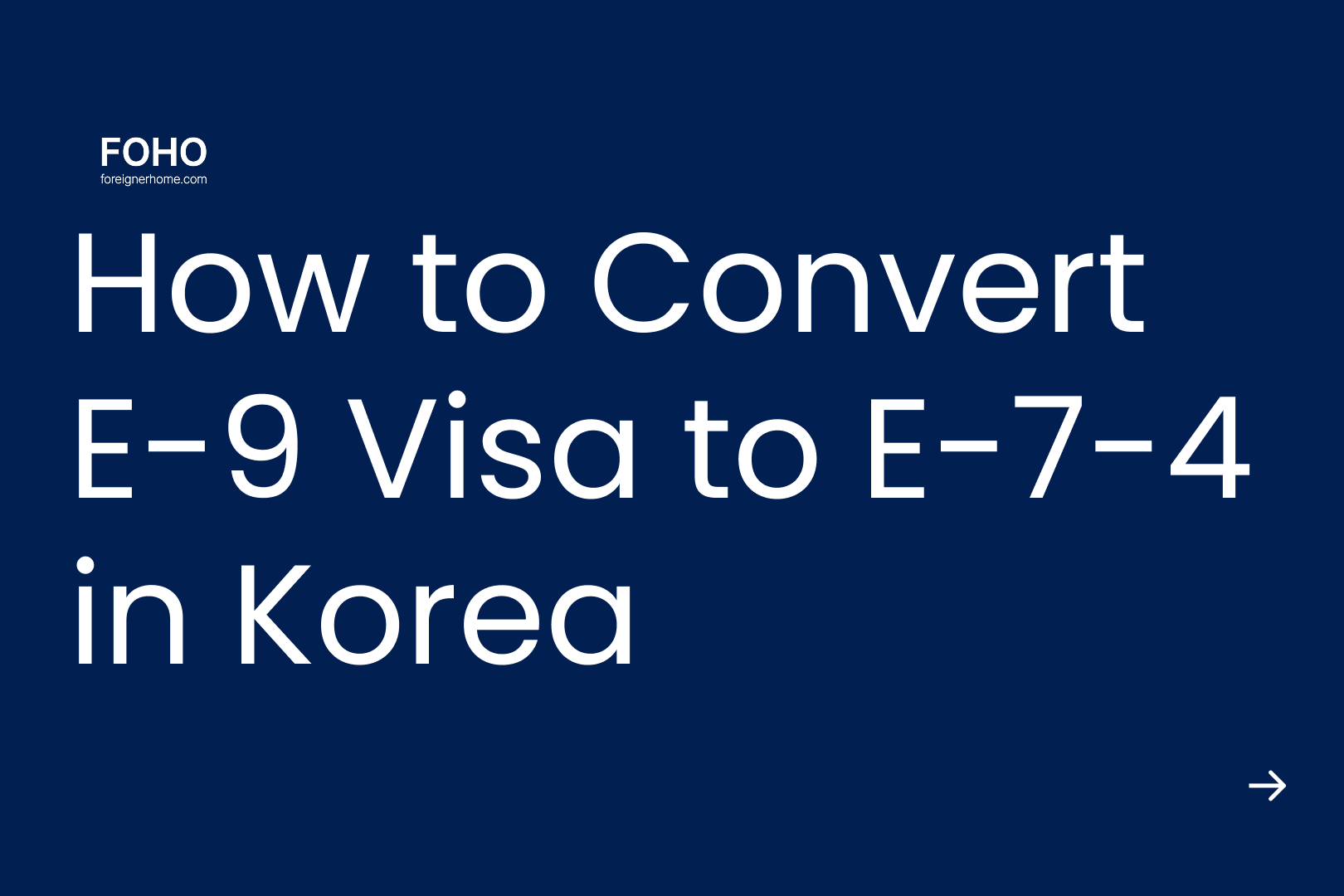
Oct 31, 2025
How to Convert E-9 Visa to E-7-4 in Korea
A guide for Vietnamese & Chinese E-9 workers in Korea. Learn the E-7-4 visa points system, F-2 requirements, and compare GME vs. Sentbe for remittance.
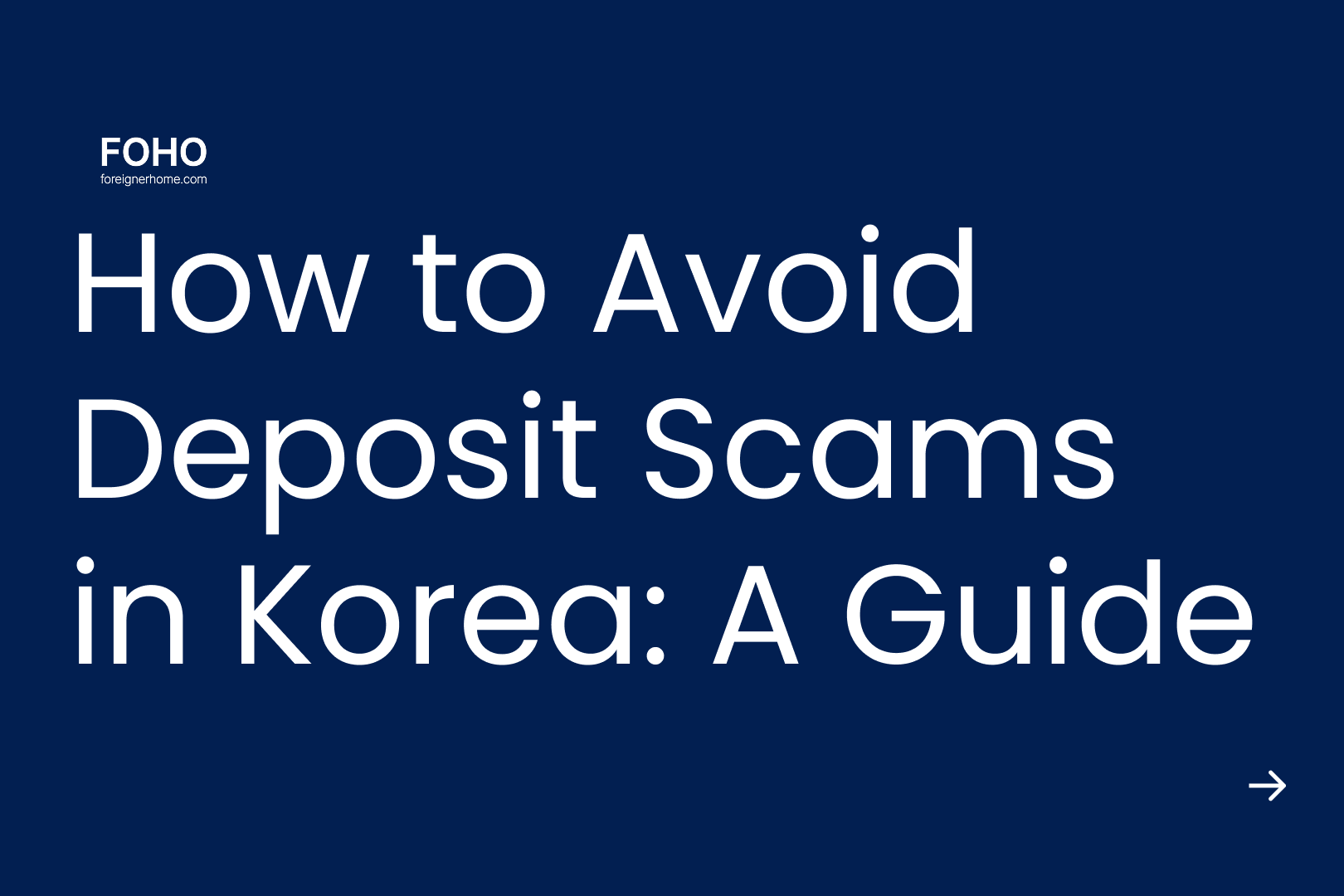
Oct 30, 2025
How to Avoid Deposit Scams in Korea: A Guide
Avoid deposit scams in Korea with our step-by-step guide. Learn to check property debt, understand the 'Deung-gibu,' and secure your deposit.
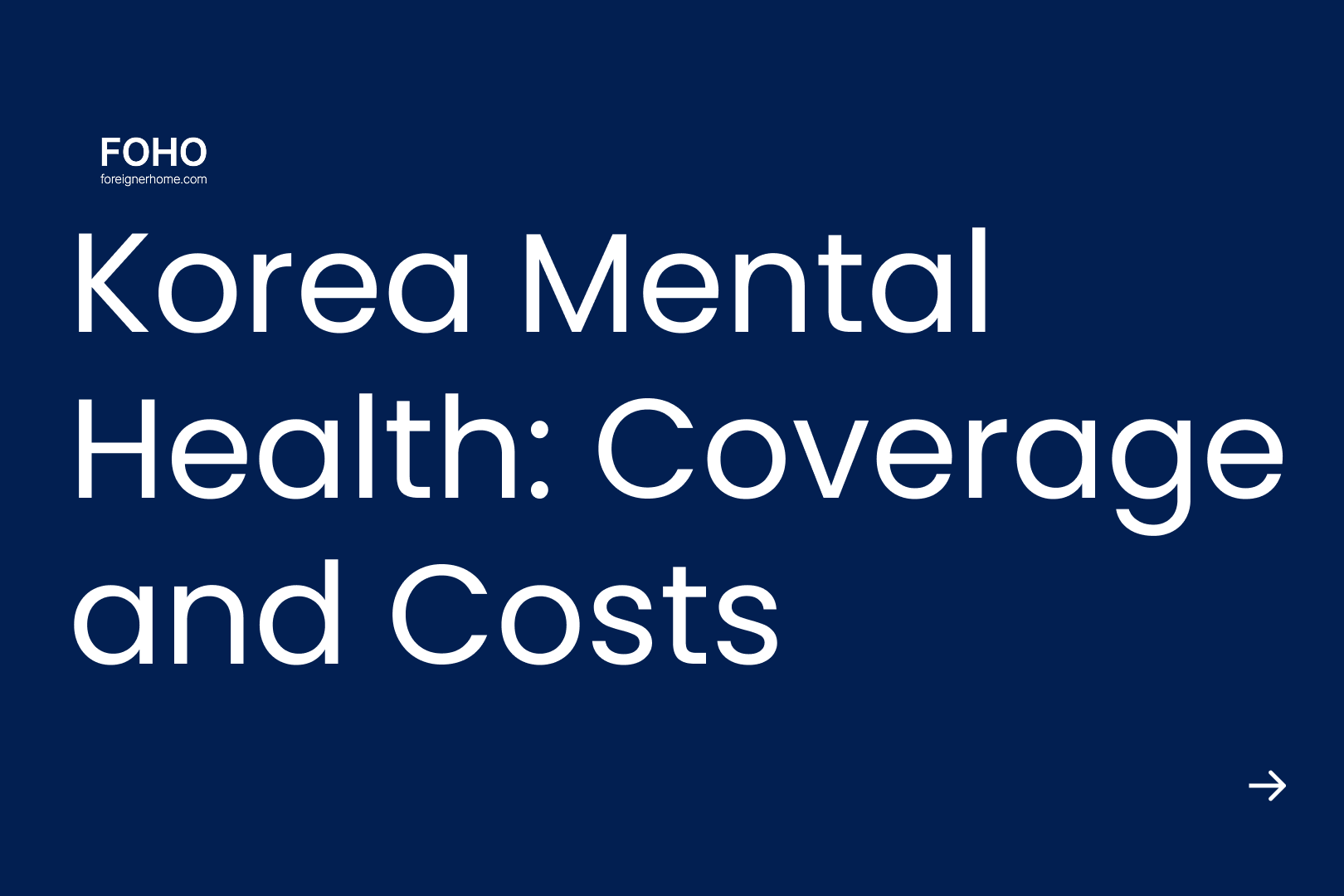
Oct 29, 2025
Korea Mental Health: NHIS Coverage and Costs
Get help with mental health in Korea. This guide for foreigners explains how to use NHIS, find low-cost options, and get medication prescriptions locally.
Subscribe to the FOHO newsletter
Actionable housing insights in your inbox.